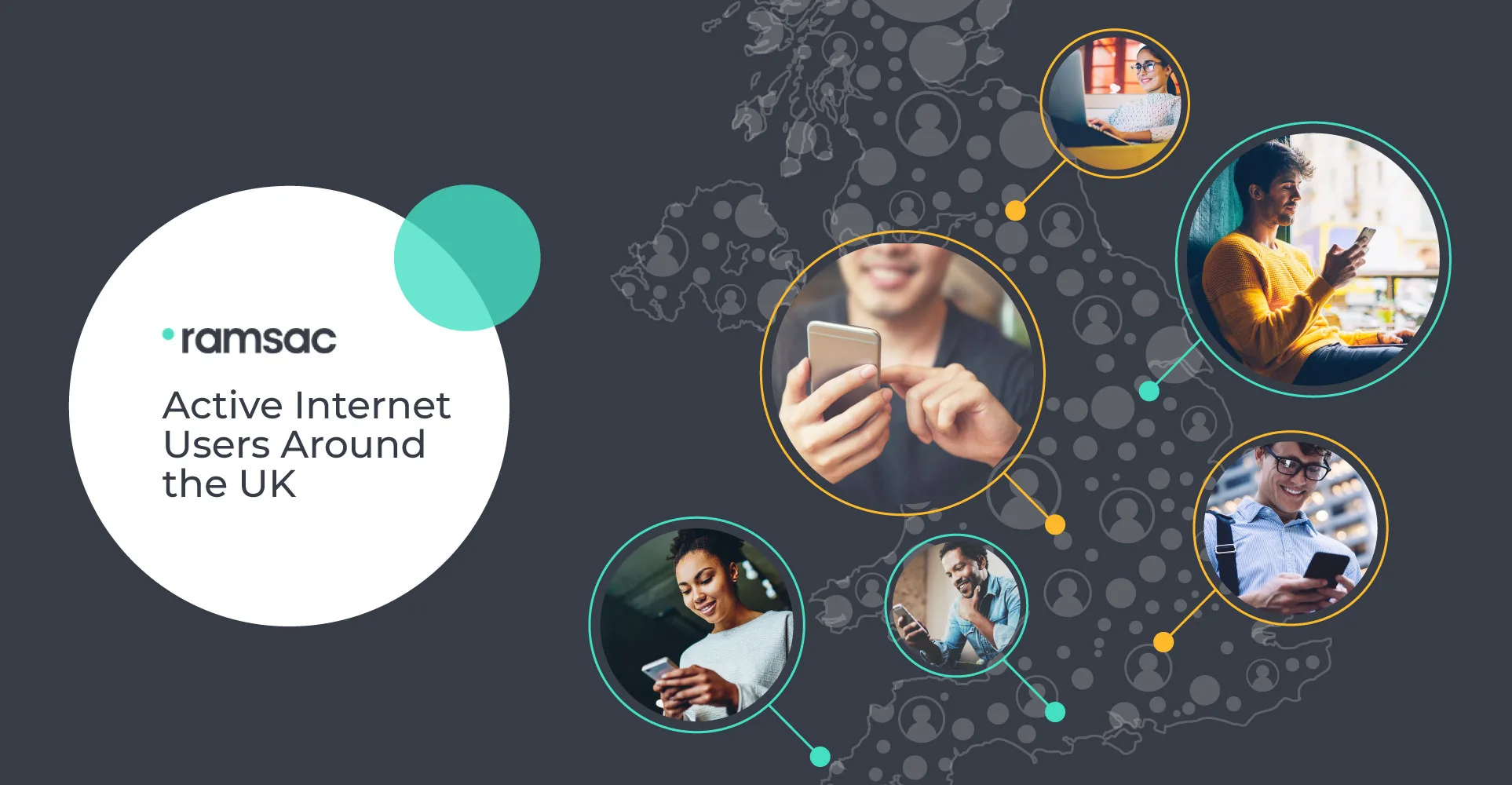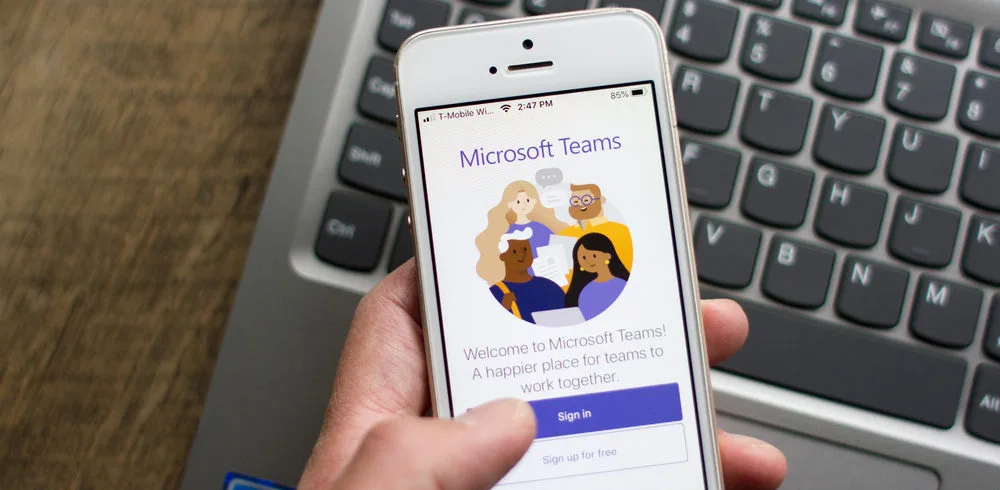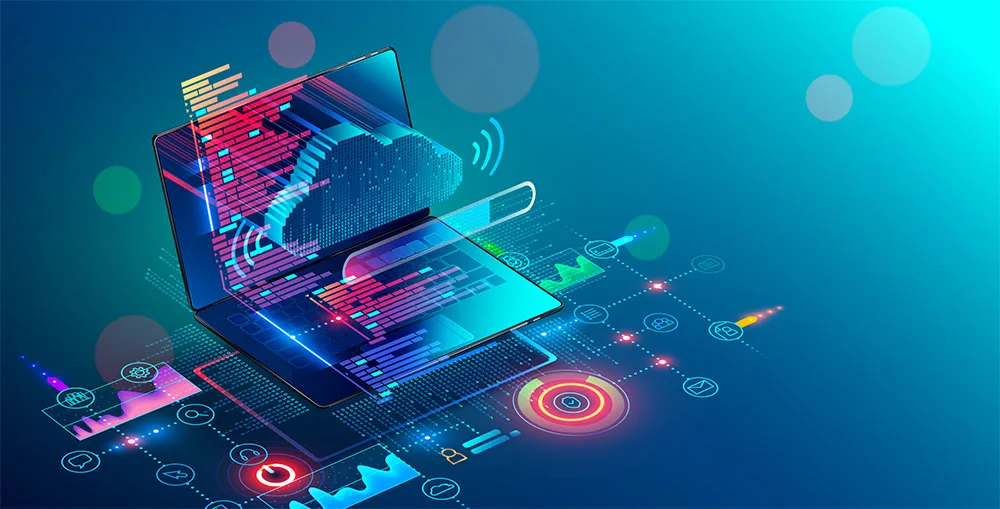When is it time to upgrade your computer?

Posted on April 28, 2021 by Louise Howland
Every computer has a lifespan. Whether you prefer to use a laptop or a desktop, your computer will eventually need upgrading or replacing. From sluggish performance to programmes not working properly, there comes a time when everyone needs to upgrade.
There is quite a lot to consider before upgrading or replacing the everyday PCs or Macs that your business relies on, including budget, timescales and the number of machines required.
Why upgrade your computers?
Upgrades to your computer will improve performance, responsiveness and quality of output. Sometimes, you can replace smaller components such as RAM, CPU or the graphics card to help boost sluggish load times. However, in many situations, it’s cheaper and more cost-effective to replace the machine entirely.
Key signs that you need to upgrade:
It is important to keep an eye on your machine as there are a few telltale signs that it is time to change.
1. Loud, or unexplained noise
One of the more obvious signs of age in a computer is the noisiness, especially if you notice this during routine use. Newer software or more complex programs can often cause the computer to work harder, meaning it will regularly make more noise. You may also notice the device getting hotter as the fan struggles to cope.
2. Slow to boot
Sometimes when we audit a potential new client, users have come to accept the fact that it takes 10 minutes for their PC to be ready to use in the morning. If you add up the cost of that hour a week x all your staff, that’s a lot of lost productivity! It’s not okay for people to be sat around waiting for their machines to kick into life, and given the average cost of a replacement device is circa £500 – it doesn’t make financial sense to not address these wasted hours either.
3. Incompatibility with applications or other features
If software applications or key features run slowly or stop loading altogether then it may be a sign that your hardware has aged. More importantly, if a software vendor will no longer release updates for software you are running on an old operating system, that exposes you to an increased risk of cyber crime.
4. Sluggish performance, including multitasking issues
If you notice regular slowdowns, especially when multiple applications are open, then this could be a sign that your computer can no longer manage the demands of your workload. Again, consider the cost of wasted productivity.
5. Vulnerability / lack of security
Cybercrime and attacks, including malware and viruses, are becoming more sophisticated. Data breaches and other opportunities for crime prey on system vulnerabilities, especially where out-of-date computers may lack proper protection and security. Patch updates are important to maintain but some computers may not be able to support them.
What is the average lifespan of a computer?
You should expect modern desktop computers, including Apple Macs, to last around 3 – 5 years. Laptops often take more abuse than desktops if they are being carried from site to site. More resource intense users such as designers and technical users, often find they need more up to date operating systems and processors to keep up to date with the changes in the software packages they are using. We recommend that you budget a 3 year replacement programme but then, if you manage to get a 4th or 5th year out of your device, that’s a bonus. But delaying can be false economy, staff surveys frequently show us that having to use dated equipment is a massive demotivator.
Remote working and computer upgrades
With many businesses now operating remotely, the demand on their computers has never been greater. For many, technology such as video conferencing has supported businesses as they adapt and change to lockdowns and reaffirm safety measures. However, the demand of running high bandwidth programs all the time has sped up the need to replace hardware.
It’s anticipated that remote working will become more standardised in the future months and years and as most businesses move to a hybrid way of working, users need a single device that they can carry easily between locations. Laptops make perfect sense for most staff these days, and provide the flexibility to carry out Teams or Zoom calls away from the main open plan office as well as being able to move seamlessly from home to the office.
Ensure your IT is at its strongest
Take back control with ramsac’s free self-assessment tool that helps to strengthen your business’ IT systems.

Key Takeaways
Not every computer will show its age or troubling performance, so it’s a good idea for businesses to regularly assess the health of their computers. Whether it’s noisy fans, restless shutdowns, long loading times, or outdated security, the risks can quickly stack up. But with a healthy fleet of computers, your business will reap the rewards of robust security and productivity.
For more information on caring for you computers or support for your businesses systems, get in touch with ramsac today.







